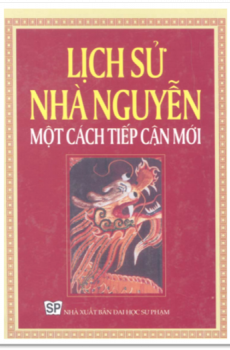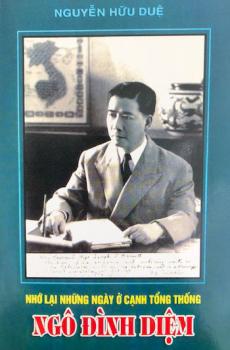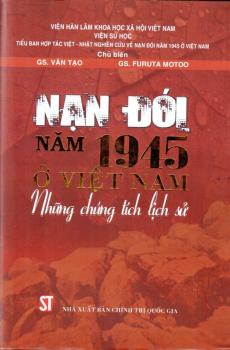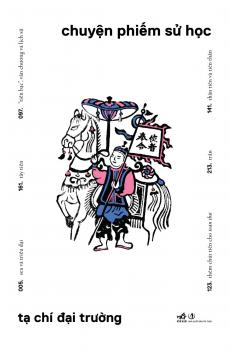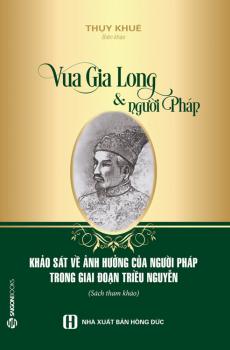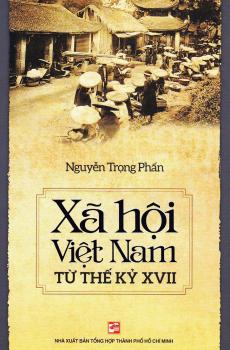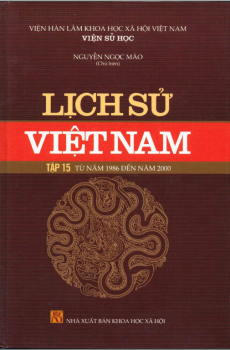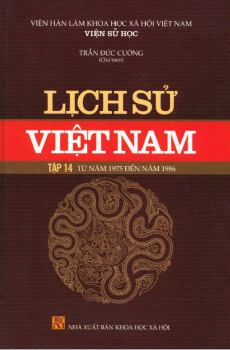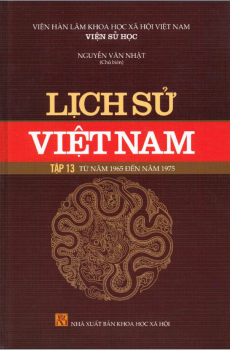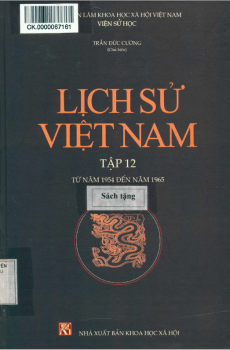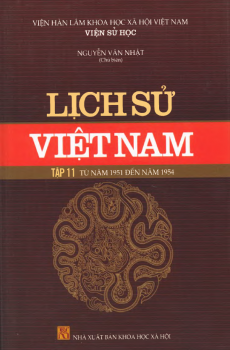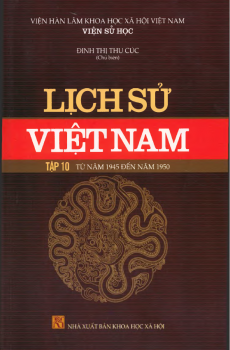Ontario Teachers' Manuals: History
Ontario Teachers' Manuals: History
Đăng nhập để đọc sách và tải về file pdf miễn phí
| Nhà xuất bản | The Project Gutenberg EBook |
|---|---|
| Nhà xuất bản sách tiếp cận | Public domain |
| Năm xuất bản | 2005 |
| Coppy right | The Project Gutenberg EBook |
*** START OF THIS PROJECT GUTENBERG EBOOK ONTARIO TEACHERS' MANUALS: HISTORY ***
Produced by Suzanne Lybarger and the Online Distributed
Proofreading Team at http://www.pgdp.net (This file was
produced from images generously made available by The
Internet Archive/Canadian Libraries)
ONTARIO TEACHERS' MANUALS
HISTORY
AUTHORIZED BY THE MINISTER OF EDUCATION
TORONTO
THE COPP, CLARK COMPANY, Limited
Copyright, Canada, 1915, by The Minister of Education for Ontario
CONTENTS
page Public and Separate School Course of Study 1 Chapter I The Aims and Stages of Study 13 Chapter II General Methods in the Teaching of History 21 Chapter III Correlation of Subjects 40 Chapter IV Special Topics 49 Current Events 49 Local Material 51 Civics 52 The Teacher of History 57 Chapter V Illustrative Lessons 60 Forms I and II 60 Form II 62 Form III 66 Form III and IV 75 Form IV 78 For Teachers' Reference 119 Devices 127 Bibliography 130 Appendix 136
MANUAL OF SUGGESTIONS FOR TEACHERS OF HISTORY
PUBLIC AND SEPARATE SCHOOL COURSE OF STUDY
DETAILS
The course in literature and composition includes the telling by the teacher of suitable stories from the Bible, stories of primitive peoples, of child life in other lands, of famous persons and peoples; and the oral reproduction of these stories by the pupils. In this way history, literature, and composition are combined.
For Method in telling stories, consult How to Tell Stories to Children, by Sara Cone Bryant, Houghton, Mifflin Company, Boston, $1.00.
FORM I
Bible Stories:
Moses in the Bulrushes, his Childhood, the Burning Bush, the Crossing of the Red Sea, the Tables of Stone; Joseph's Boyhood Dreams, Joseph sold into Egypt, the Famine, the Visits of his Brethren; David and Goliath; Samson.
Stories of Child Life:
The Eskimo Girl, the Andean Girl, the Arabian Girl, the Little Syrian Girl, the Swiss Girl, the Chinese Girl, the African Girl, the German Girl, the Canadian Girl; the Little Red Child, the Little White Child, the Little Black Child, the Little Yellow Child, the Little Brown Child.
Consult The Seven Little Sisters, by Jane Andrews, Ginn & Co., Boston, 50c.; The Little Cousin Series, by Mary Hazelton Wade, The Page Co., Boston, 60c. each; Five Little Strangers, Julia Augusta Schwarz, American Book Co., New York; Each and All, Jane Andrews (sequel to The Seven Little Sisters), 50 cents.
Special Days:
Christmas: The Birth of Christ, the First Christmas Tree (see Appendix); Arbor Day; Constructive work suggested by St. Valentine's Day and Thanksgiving Day; Stories of these Days.
Note: Advantage should be taken of every opportunity to teach obedience to authority and respect for the property and rights of others.
FORM II
Bible Stories:
Abraham and Lot, Joshua, David and Jonathan, David and Saul, Ruth and Naomi, Daniel, Miriam and Moses, Abraham and Isaac, Boyhood of Christ, the Shipwreck of St. Paul.
Stories of Child Life:
The Aryan Boy, the Persian Boy, the Greek Boy, the Roman Boy, the Saxon Boy, the Page Boy, the English Boy, the Puritan Boy, the Canadian Boy of To-day, Child Life in Canada (a) in the early days, (b) to-day on the farm and in the city or town; occupations, games, and plays, etc.
Consult Ten Little Boys Who Lived on the Road from Long Ago till Now, by Jane Andrews, Ginn & Co., 50c.
Stories of Famous People:
Boadicea, Alfred, Harold, First Prince of Wales, Sir Francis Drake, Sir Walter Raleigh, Columbus, Cabot, Cartier, Champlain, Madeleine de Verchères, Pontiac, Brock, Laura Secord, Florence Nightingale.
Consult The Story of the British People, Thomas Nelson & Sons, Toronto, 35c. (For Florence Nightingale, see Appendix.)
Pioneer Life:
In Ancient Britain: See Second Reader, p. 109; Ontario Public School History of England, p. 10.
In Roman Britain: See The Story of The British People, pp. 18-24.
Old English Life: See Third Reader, p. 325; Ontario High School History of England, pp. 33-40.
At the Close of the French Period in Canada: See Fourth Reader, p. 65.
In Upper Canada in the "Thirties": See Fourth Reader, p. 122.
Our Forefathers: Where they lived before coming here, how they got here, hardships in travel, condition of the country at that time, how they cleared the land, their homes, their difficulties, danger from wild animals, the natives of the country, modes of travel, implements and tools, etc.
Consult Pen Pictures of Early Pioneer Life in Upper Canada, Briggs, $2.00; Ontario High School History of Canada.
Inventors:
Watt, Stephenson, Fulton, Bell, Edison, Marconi.
Civics:
Elementary lessons in local government:
(a) In cities, towns, and incorporated villages—the postmaster, (see Illustrative Lesson, p. 65), the postman and policeman; city or town hall, post-office, mail boxes, school-houses.
(b) For rural districts—postmaster, trustees, roads and bridges, rural mail delivery.
Special Days:
Empire Day, Victoria Day, Dominion Day; local occasions such as Fair Day, Election Day; review of those Days taken in Form I.
FORMS III AND IV
PRELIMINARY NOTE
Below are the topics and sub-topics of the Course in History for Forms III and IV.
In dealing with the subject in both Forms, the teacher should keep constantly in mind the chief aims suited to this stage of the pupil's development. (See pp. 16, 17.) The most vital of these is "to create and foster a liking for historical study." The teacher should make use of simple map drawing to illustrate the subject. This is especially necessary in dealing with the history of Canada. There should be much illustration by means of maps and pictures. See Educational Pamphlet No. 4, Visual Aids in the Teaching of History.
The chapter numbers in the Course for Form III are those of the chapters in The Story of the British People prescribed for the Form. These chapters should be carefully read and, in Form IV, the authorized text-books should be followed for the main account. Having regard to the time available for the Course, only the most important details should be taken up.
FORMS III
Junior Grade
CANADIAN HISTORY
Columbus—The Discovery of America (Chap. XX)
John Cabot and the New World (Chap. XXI)
Jacques Cartier (Chap. XXIII)
Raleigh and Gilbert (Chap. XXVI)
The Beginnings of Acadia (Chap. XXVII)
Champlain, the Father of New France (Chap. XXVIII)
The Pilgrim Fathers (Chap. XXIX)
The Jesuits in Canada (Chap. XXXI)
The Settlement of French Canada (Chap. XXXI)
La Salle (Chap. XXXIV)
Henry Hudson—New York and Hudson Bay (Chap. XXXV)
Frontenac (Chaps. XXXIV, XXXVII)
The Conquest of Canada—Wolfe and Montcalm, Pontiac (Chap. XLI)
The Coming of the Loyalists (Chap. XLII)
How Canada Fought for the Empire (Chap. XLIV)
William Lyon Mackenzie (Chap. XLVI)
The Great North-West—Selkirk, Mackenzie, Strathcona, Riel (Chap. XLVII)
Canada and the Empire—Royal Visitors (Chap. L)
FORM III
Senior Grade
BRITISH HISTORY
The First Britons (Chap. I)
The Coming of the Romans (Chap. II)
A Day in Roman Britain (Chap. III) The Coming of the English (Chap. IV)
The Coming of Christianity (Chap. V)
The Vikings (Chap. VI)
Alfred the Great (Chap. VII)
Rivals for a Throne (Chap. VIII)
The Coming of the Normans (Chap. IX)
A Norman Castle (Chap. X)
A Glance at Scotland (Chap. XI)
Henry the Second and Ireland (Chap. XII)
Richard the Lion Heart (Chap. XIII)
King John and the Great Charter (Chap. XIV)
The First Prince of Wales (Chap. XV)
Wallace and Bruce (Chaps. XVI, XVII)
The Black Prince (Chap. XVIII)
The Father of the British Navy (Chap. XXII)
The New Worship (Chap. XXIV)
Francis Drake, Sea-dog (Chap. XXV)
King Charles the First (Chap. XXX)
The Rule of Cromwell (Chap. XXXII)
The King Enjoys his Own again (Chap. XXXIII)
The Revolution and After (Chap. XXXVI)
The Greatest Soldier of his Time (Chap. XXXVIII)
Bonnie Prince Charlie (Chap. XXXIX)
Robert Clive, the Daring in War (Chap. XL)
The Terror of Europe (Chap. XLIII)
Waterloo (Chap. XLV)
Victoria the Good (Chaps. XLVI, XLVIII, XLIX)
Civics
Review of the work in Form II; election of town or township council; taxes—the money people pay to keep up schools and roads, etc.; how local taxes are levied for the support of the school; election of members of County Council, of members of Provincial Legislature; duties of citizenship.
FORM IV
Junior Grade
CANADIAN HISTORY
Before the British Conquest—an introductory account:
The French settlements: Extent, life of the seignior, habitant, and coureur de bois; system of trade; government at Quebec—governor, bishop, intendant; territorial claims (Chaps. VII, VIII, IX, XI)
The English settlements—Hudson's Bay Company, English colonies in New York, New England, Acadia, and Newfoundland; population, life, trade, government, territorial claims (Chaps. VIII, X, XI)
British Conquest of New France—fall of Quebec (Chap. XI)
Conspiracy of Pontiac (Chap. XII)
Quebec Act (Chap. XII)
Canada and the American Revolution; U.E. Loyalists (Chaps. XIII, XV)
Constitutional Act—Representative Government (Chap. XIV)
Social Conditions, 1763-1812 (Chap. XV)
Hudson's Bay Company (Chaps. VIII, XVI, XXI)
North-West Company (Chap. XVI)
Exploration in North-West—Hearne, Mackenzie, Fraser, Thompson (Chap. XVI)
War of 1812-14 (Chap. XVII)
Family Compact (Chap. XVII)
Clergy Reserves (Chap. XVII)
William Lyon Mackenzie (Chap. XVII)
Lord Durham, Act of Union, 1840—Responsible Government (Chap. XVIII)
Social Progress, 1812-1841 (Chap. XIX)
Settlement of the North-West—Selkirk (Chaps. XVI, XX)
Confederation of the Provinces, 1867 (Chap. XXII)
Intercolonial Railway (Chap. XXIV)
Expansion of the Dominion by addition of new provinces (Chap. XXII)
Social Progress, 1841-1867 (Chap. XXIII)
Canadian Pacific Railway (Chap. XXIV)
Riel Rebellion (Chap. XXIV)
Disputes between Canada and the United States since 1814 settled by treaty or arbitration. The Hundred Years of Peace
Canada, at the opening of the twentieth century; transportation, industry, means of defence, education (Chap. XXV)
Ontario since Confederation: John Sandfield Macdonald, Sir Oliver Mowat, Arthur Sturgis Hardy, Sir George W. Ross, Sir James P. Whitney (Chap. XXVI)
An account of how Canada is governed, simple and concrete and as far as possible related to the experience of the pupils; Municipal Government, Provincial Government, Federal Government (Chap. XXVII)
FORM IV
Senior Grade
BRITISH HISTORY
A
A Course of about Two Months
The Early Inhabitants—The Britons
The Coming of the Romans
The Coming of the Saxons
The Coming of Christianity
Alfred the Great
The Coming of the Normans—The Feudal System
Richard I and the Crusaders
John and Magna Charta
The Scottish War of Independence
The Hundred Years' War—Crecy, Agincourt, Joan of Arc.
The Wars of the Roses (no lists of battles or details of fighting)
Caxton and Printing
Separation between the English Church and Rome
B
A Course of about Eight Months
Brief account of the British Isles, territorial, political, and religious, as an introduction to the reign of Elizabeth.
Elizabeth and Mary Queen of Scots; the Spanish Armada; Drake, Hawkins, Gilbert, Raleigh, Shakespeare.
The Stuarts: "Divine Right of Kings" supported by majority of gentry and landowners (cavaliers), opposed by the commercial and trading classes and yeomen (roundheads). The Kings strove for absolute power, the Parliament for constitutional government.
James I: Union of the English and Scottish Crowns.
Charles I: Struggle between King and Parliament; Petition of Right, Ship Money, rebellion, execution of Charles.
Commonwealth: nominally a republic, really a dictatorship under Cromwell. He gave Britain a strong government at home, and made her respected abroad, and laid the foundations of Britain's foreign trade and colonial empire.
Charles II: The Restoration: Reaction in state, church, and society; King striving for absolute power; Nonconformists persecuted; society profligate in its revolt against the strictness of Puritanism; Habeas Corpus Act; Test Act; Plague and Great Fire.
James II: Revolution of 1688, the death-knell of "divine right"; Parliament supreme; Declaration of Rights.
William and Mary: Party government—Whigs and Tories; King to act by advice of his ministers; each parliament limited to three years; Bill of Rights; Act of Settlement.
Anne: Marlborough; Union between England and Scotland, 1707; the Jacobites, 1715 and 1745.
George II: Walpole, the great peace minister—home and colonial trade fostered and material wealth of the nation greatly increased; Pitt, the great war minister; territorial expansion in Canada and India—Wolfe, Clive; the Methodist Movement, Wesley.
George III: The American Revolution, 1776-83: loss of the American Colonies; Pitt; Washington; acquisition of Australia by Great Britain, 1788; legislative union of Ireland with Great Britain, 1801; Napoleonic wars; Nelson, Wellington, Aboukir, Trafalgar, and Waterloo; industrial revolution—the change from an agricultural to an industrial country.
William IV: Reform Act of 1832, a great forward movement in democratic government; abolition of slavery, 1833; railways and steamships.
Victoria: First British settlement in New Zealand, 1839; Repeal of the Corn Laws, 1846—free trade, the commercial policy of England; Elementary Education Act, 1870, education compulsory; parliamentary franchise extended—vote by ballot; Crimean war; Indian Mutiny; Egypt and the Suez Canal; Boer War—Orange Free State and South African Republic annexed; social progress.
Edward VII: Irish Land Act of 1903; pensions for aged labourers; King Edward, "the Peace-maker."
Civics
Taxation—direct and indirect; how the revenue of the Dominion, provinces, and municipalities, respectively, is collected.
Federal Government—Governor-general, Senate, House of Commons, Premier, Cabinet.
Imperial Government—King, House of Lords, House of Commons, Premier, Cabinet.



